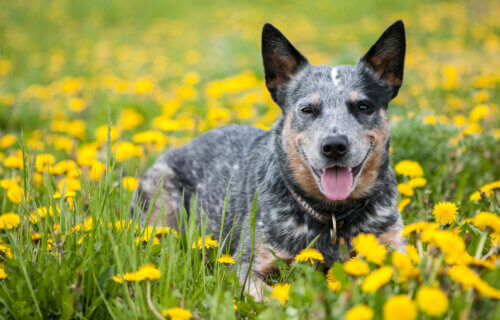Living in hot climates is a must for some. You get to enjoy mild winters while everyone else is getting up at 6 a.m. to snow blow. On the flip side, hot climates mean hot summers, and this can be hard on humans and dogs alike. If you are living in a toasty place with your pet, be sure that your furry friend is among the best dog breeds for warm climates.
Although there are dogs that fare better in warm climates than others, there are still precautions to take when things get too steamy as you would yourself. Take sleep for example. The summer of 2022 was one of the hottest to date. Even the breezy summer nights did little to escape the heat, as climate change warms up the planet. Besides causing AC bills to skyrocket, hot summer nights like a few months ago may also affect you in more ways than one. Researchers from Japan have found that high nighttime temperatures can affect your quality of sleep and increase the risk for sleep disorders. The team surveyed 1,200 residents living in Nagoya, Japan. Nagoya is a city in the center of Japan that’s known to have one of the largest temperature increases among the top three cities in the country.
Another safety precaution to keep in mind in warmer climates is heat stroke. Every summer, stories crop up about children or animals left to bake inside hot cars by the adults caring for them. For some, it’s the tragic result of an unimaginable accident; but for others, it’s the negligent mindset that parking in the shade or cracking a window will make everything safe. Now a new study shows it doesn’t take very long for a vehicle to reach life-threatening temperatures inside, even when drivers think they’re taking measures to keep the occupants cool. That being said, be kind to your puppy and leave them at home when running errands on hot days.
Looking for a pup that can handle the heat of sunny places? To help you out, StudyFinds researched 10 expert websites to find five of the best dog breeds for warm climates. If you have a dog that thrives where you live, please let us know in the comments below.
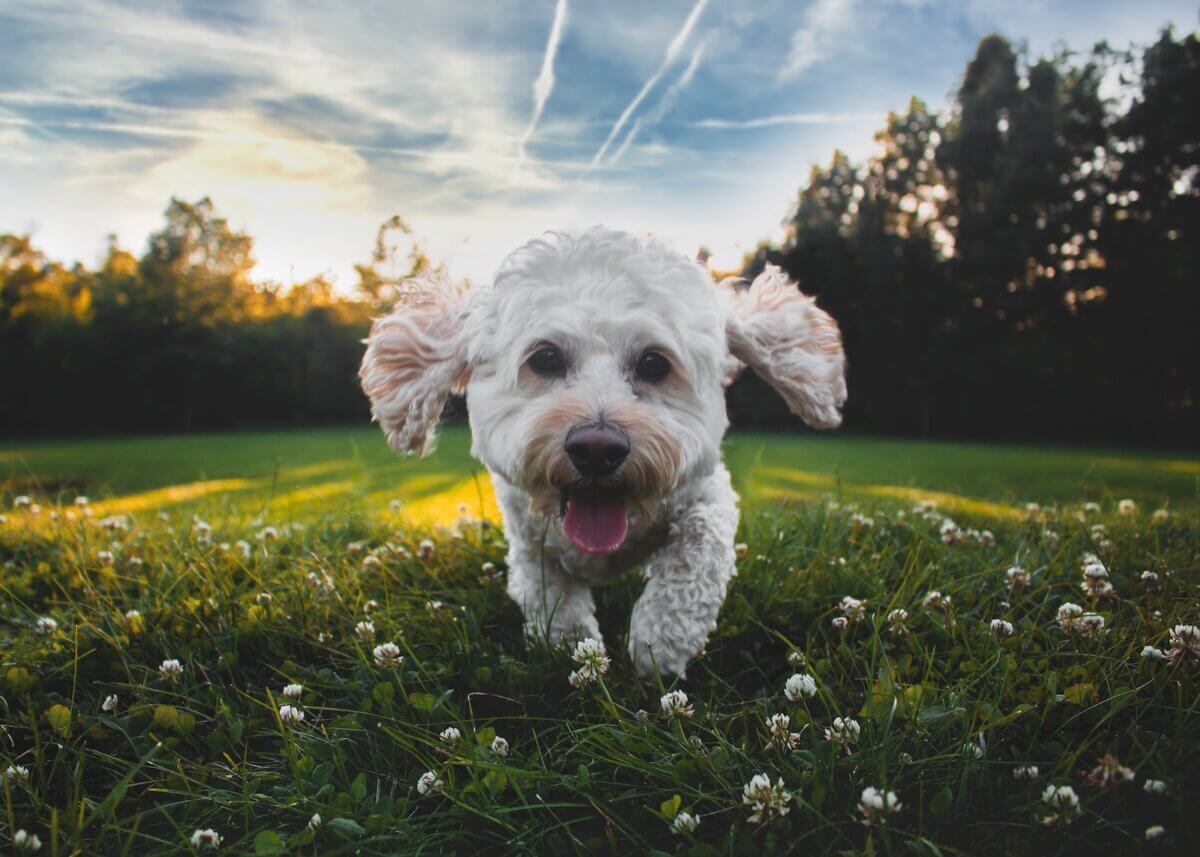
The List: Best Dog Breeds For Warm Climates, According To Expert Reviews
1. Chihuahua
Chihuahuas come in a variety of colors including many lighter shades that are better in the heat. However, some have short snouts that might interfere with the panting they need to cool themselves. “If you want a small dog who’s endlessly charming and won’t sweat high temperatures, consider a Chihuahua. Their upright ears, single coat, and geographic pedigree discovered by Americans visiting Mexico in the mid-1800s help him cope with the heat, explains Jo Myers a JustAnswer veterinarian,” informs Daily Paws.
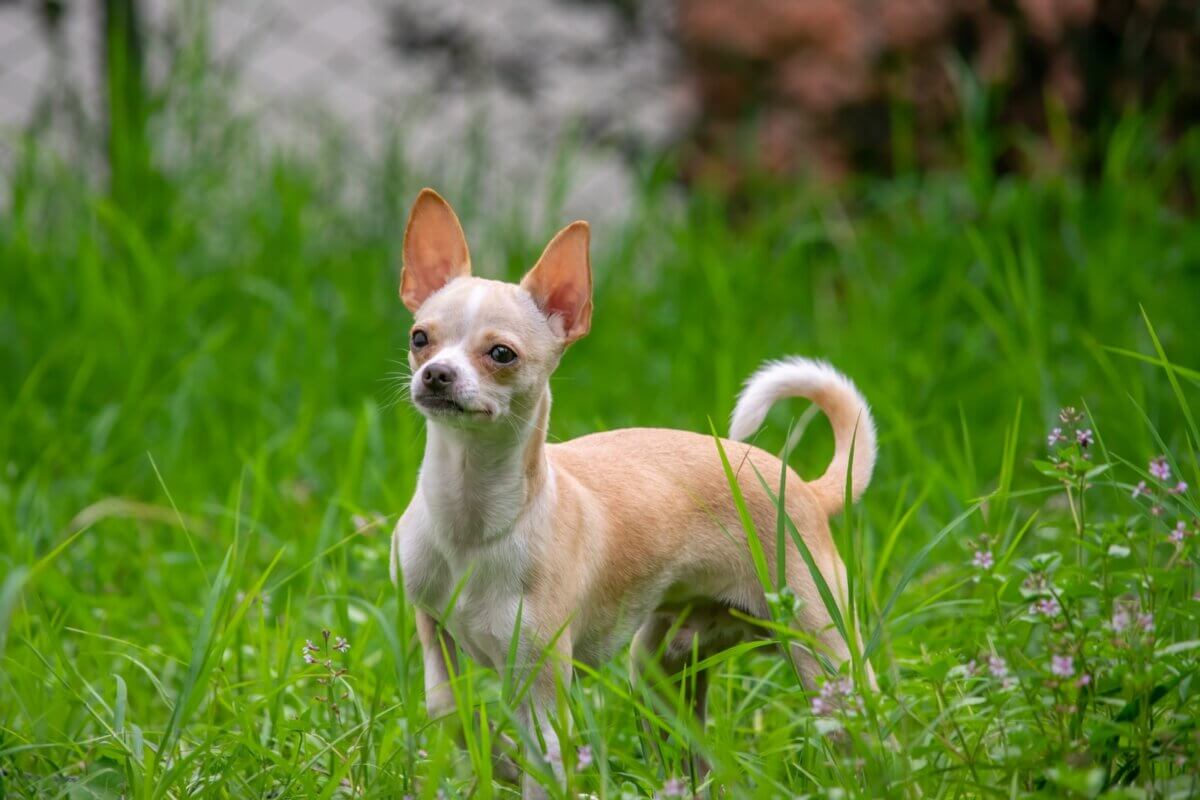
It’s important to note that Chihuahuas aren’t the most athletic of dogs, so it’s good to keep their exposure to the heat moderate. “Chihuahuas are not only the smallest dog breed, they also have a smooth, thin coat that helps them survive even the hottest summers. Whether it’s a long or short-haired variety, their small body and lightweight fur make them one of the best candidates for bearing the Florida heat,” adds Very Important Paws.
Chihuahuas are used to high temperatures. It’s probably the centuries spent in the Mexican sunshine that made these tiny cuddlers so keen on heat. “Despite their tiny size, they are well known for their big personalities. They have an alert yet sensitive nature and thrive on affection and companionship. Being so small in size, they can be quite fearful and therefore aggressive. This is why it’s very important to socialize a Chihuahua while they are young, so they grow up to be well-rounded and confident,” says Pets That Travel.
2. Australian Cattle Dog
Australian Cattle Dogs are bred on a continent known for its hot weather, Australia. They are actually related to the dingo, a wild dog that lives in the outback. “Bred for herding the toughest of the cattle, Australian Cattle Dogs are excellent at maintaining energy during the hot summer months. If you aren’t working on a farm, these dogs make excellent hiking and running partners, regardless of the weather!” informs IHeart Dogs.
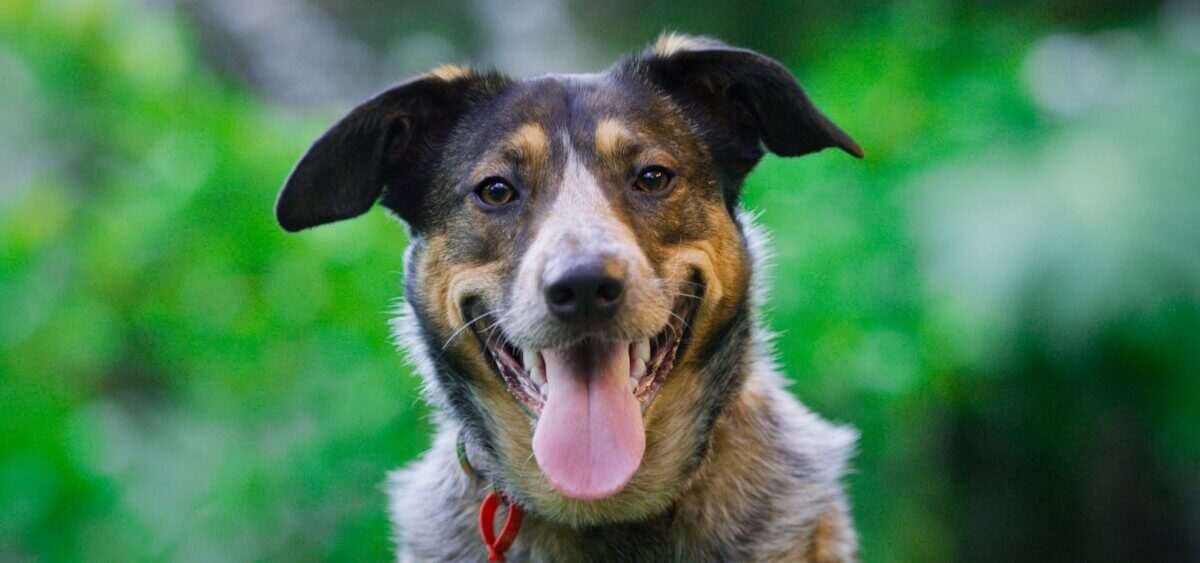
Australian Cattle Dogs are alert, playful, and attentive. They make terrific playmates for both kids and adults. “Equipped for extreme highs and lows in temperature, the Australian Cattle Dog is versatile. They’re known by a few names, commonly the Blue Heeler in the US. They are related to the famous native Dingo of Australia but have lost much of their wild roots. These dogs are physically hardy and capable, having small, thick frames. They were originally skilled in farm work like herding cattle. But these days, they mostly find themselves in the home keeping a family company,” says Hepper.
Australian Cattle Dogs have a lifespan that ranges from 13 to 15 years. While they are generally a very healthy breed, they can suffer from deafness and hip dysplasia. Outside Online tells us more: “This breed is recognizable by its blue or red color, and often has a ‘mask’ on its face with a dark patch over one or both eyes. They have extremely high energy, which makes them perfect for hiking—even if you might get winded, they never will. Think the perfect hot-weather dog for sweaty, warm days.”
3. German Shorthaired Pointer
German Shorthaired Pointers are eager to be outside in any type of weather. They are mainly accustomed to the heat with their short coats. “These adaptive and athletic dogs are well suited to all climates. Their lean and athletic build, long snouts, and short coats make them ideal dogs to handle hot weather,” says Pets That Travel.
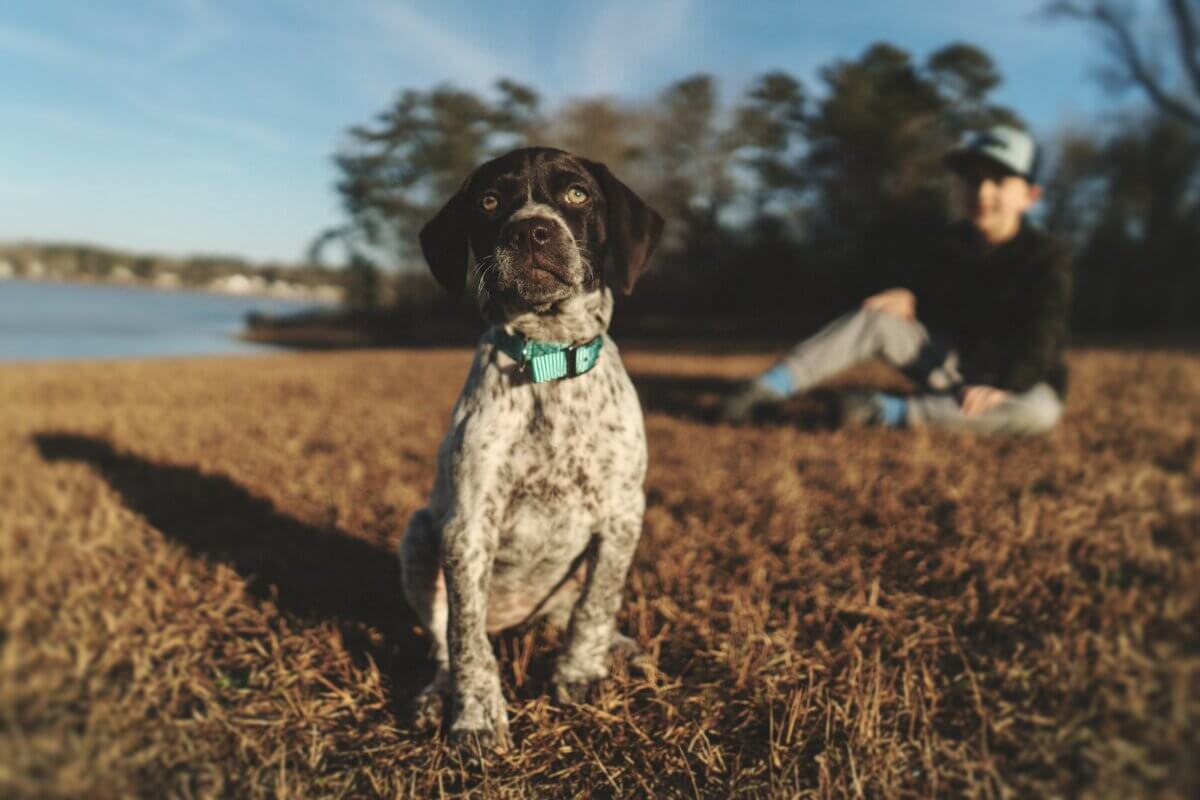
German Shorthaired Pointers are used for a variety of different activities. Bred for water retrieving, they are well-rounded hunting dogs. K9 Of Mine fills us in: “German shorthaired pointers hail from relatively temperate lands, but their short hair and leggy build make them pretty comfortable in warm weather. They make excellent upland bird dogs, but they’ll also retrieve ducks down on the water. They even excel at tracking and trailing larger game, like raccoons, pigs, and bears. They can do it all!”
German Shorthaired Pointers can be a bit too energetic and needy for some families. They’ll get along with everyone in the family and shower you with affection, but they need plenty of exercise. “This is a dog that can do anything—track, hunt, point, pull sleds, detect bombs, and of course, join you on a hike or a run on a warm summer’s day. Pointers vary greatly in color, but are easily recognizable in their instinctual pointing stance with a hard gaze, head down, a lifted paw, and tail up,” adds Outside Online.
4. Italian Greyhound
The Italian Greyhound does not handle cold climates well. Their hair coat is sparse, and they rarely carry a layer of insulating body fat. “The Italian greyhound gets props for being athletic, alert, playful, and able to run fast. They’re companionable lovebugs who take to their humans and curl up in their laps. And if you’re bonding in a steamy climate, they’ll do just fine with the heat because this breed hails from a warm climate and has a thin hair coat,” explains Daily Paws.
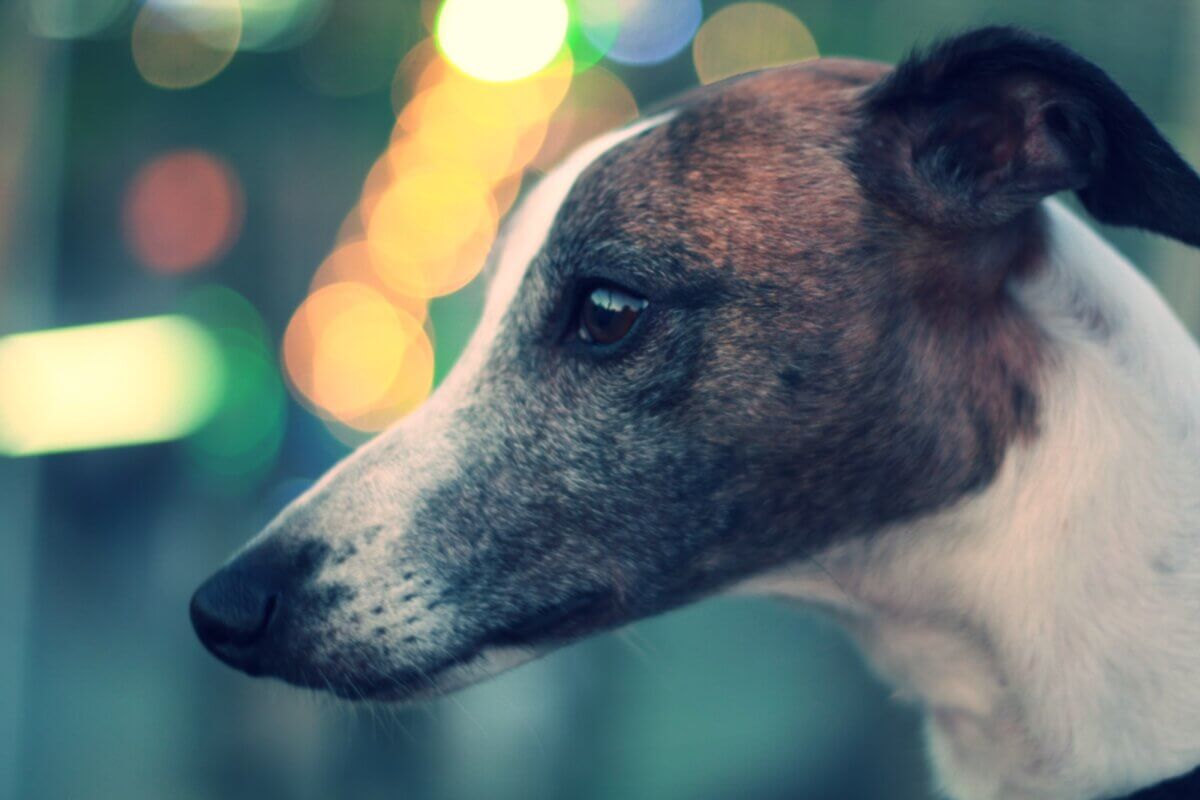
Even though Italian Greyhounds can be your best companion if you’re at home and the air conditioning goes out, it’s still best to keep outdoor exercise in the heat at a moderate level. “These dogs are one of the oldest of all, dating back to 3000 B.C. They are the smallest of all the sighthound breeds and one with the keenest eye. As companions, these dogs are remarkably intelligent and quick to catch on. They are excellent companions, providing a great running buddy and afternoon napper,” writes Hepper.
An important FYI is to not let your Italian Greyhound’s innocent face fool you, they are quite mischievous. “The slender frame and thin, short coat of the Italian Greyhound doesn’t protect against the wintery snow and ice; this is another excellent dog breed for warm weather. These dogs generally carry very little body fat and often need sweaters, coats, and more to combat cold weather. They feel much more comfortable in warm, sunny climates,” informs The Spruce Pets.
5. Ibizan Hound
The Ibizan Hound was originally developed as a rabbit-hunting breed. Today, they’re primarily kept as companions. “A little farther north, the Ibizan Hound was bred in Spain to chase and fetch rabbits. Similar to the Pharaoh hound, who also does well in heat, Ibizans enjoy activity and need it to blow off steam. Their portraits have also been found in ancient Egyptian artwork, so, yeah. I guess they’ve experienced warm weather for a while,” says Yahoo.
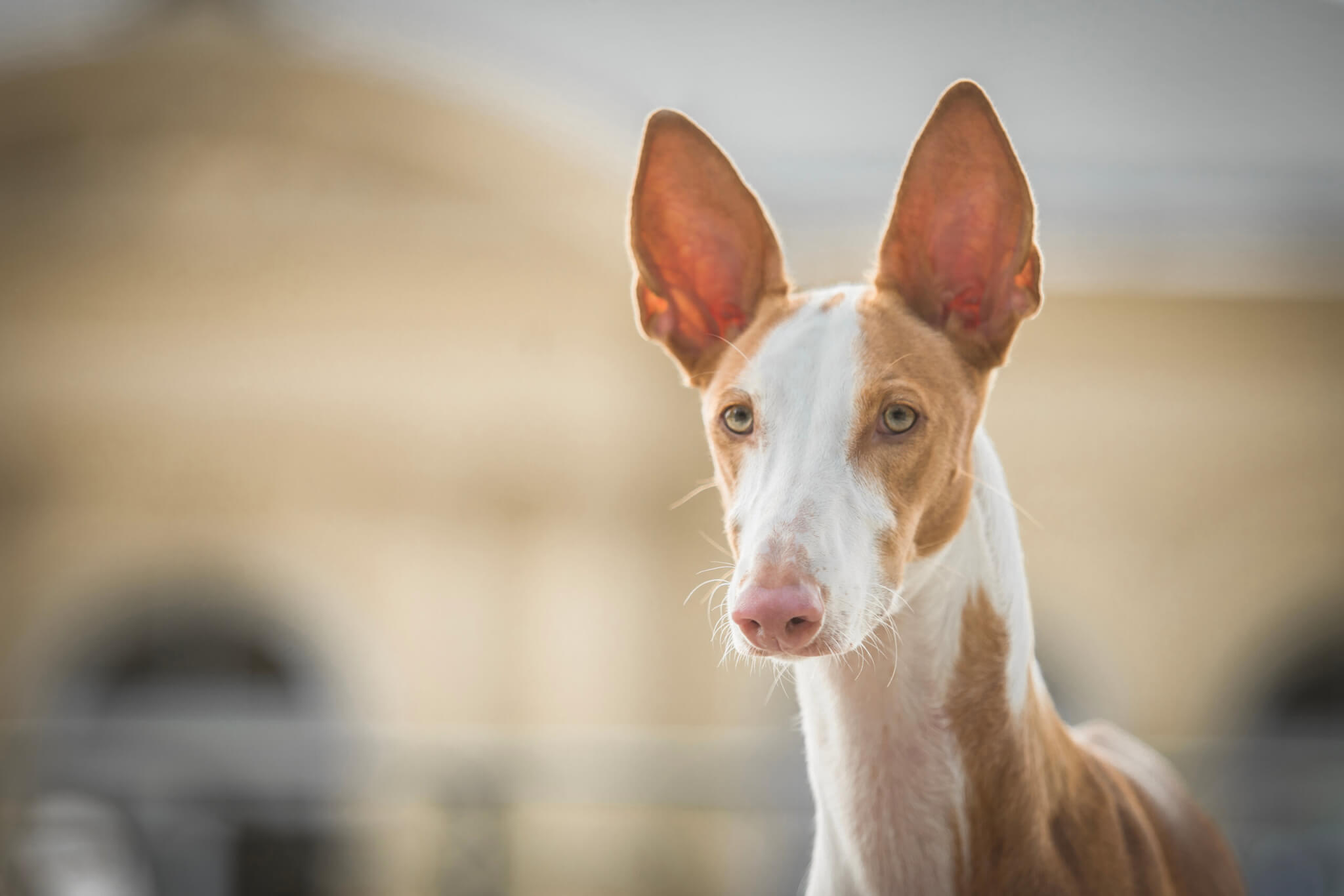
The Ibizan Hound’s rabbit-hunting roots provided them with several adaptations that help them keep their cool: short coats, leggy build, and big ears. “Ibizan hounds make pretty good pets. They’re affectionate and loving with their families, and they actually adapt to apartment life pretty well. They are full of energy though, so they’ll need the chance to run around and play every day. They can, however, be aggressive toward cats and other small animals, so caution is warranted when introducing them to other pets,” informs K9 Of Mine.
Ibizan Hounds are a lively and alert dog who loves to chase. Their high ears make them excellent watchdogs. “They are known for being intelligent, independent, and affectionate dogs that are loyal to their families. While they can be reserved with strangers, they are generally friendly and outgoing once they get to know someone. They require regular exercise and mental stimulation to prevent boredom and destructive behavior,” explains Pets That Travel.
You might also be interested in:
- Best Dog Breeds for Home Security
- Best Dog Breeds for Seniors
- Best Small Dog Breeds
- Best Dog Breeds for Cold Climates
Sources:
- Yahoo
- Daily Paws
- Pure Wow
- IHeart Dogs
- K9 Of Mine
- Pets That Travel
- Hepper
- Outside Online
- The Spruce Pets
- Chewy
Note: This article was not paid for nor sponsored. StudyFinds is not connected to nor partnered with any of the brands mentioned and receives no compensation for its recommendations.
